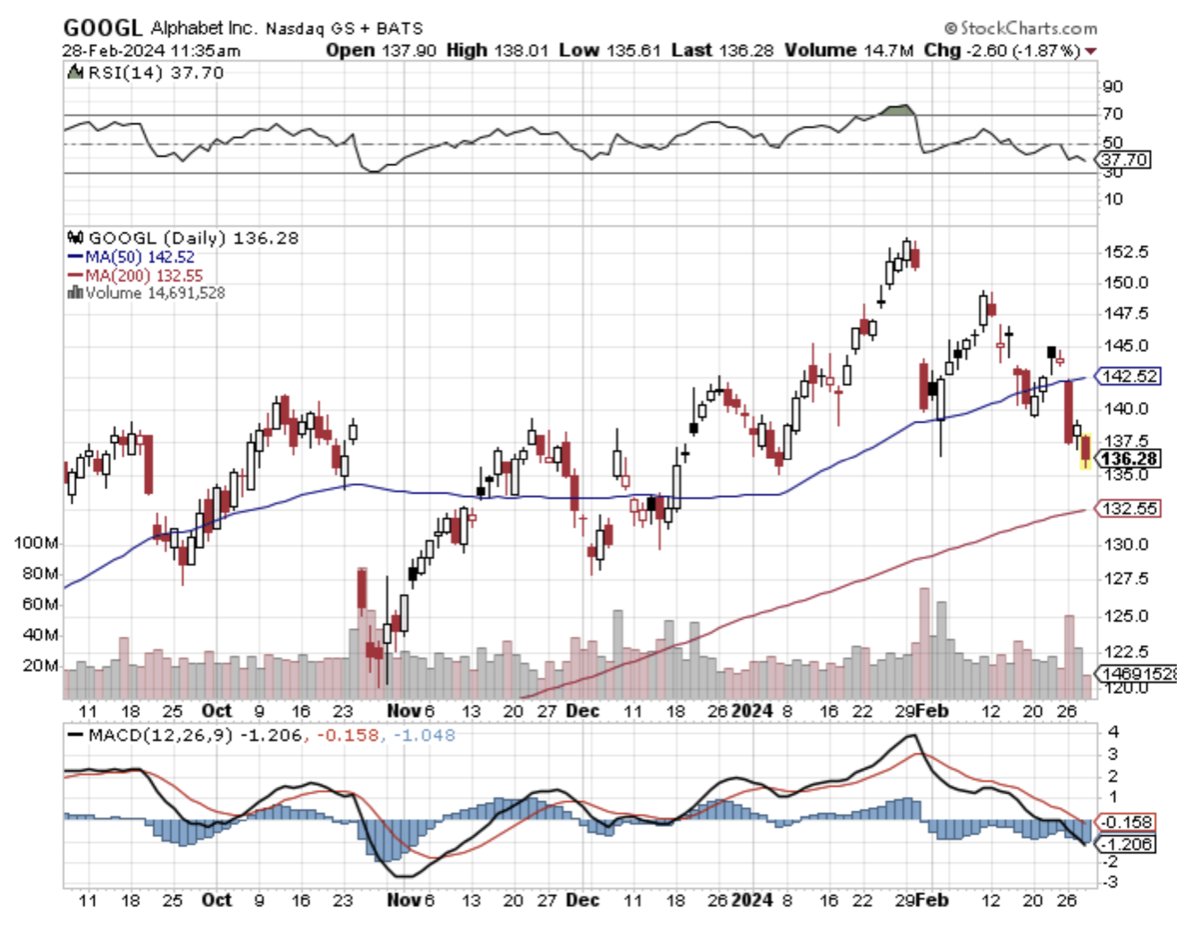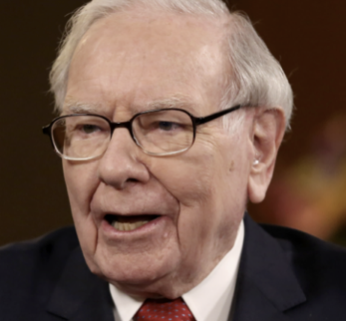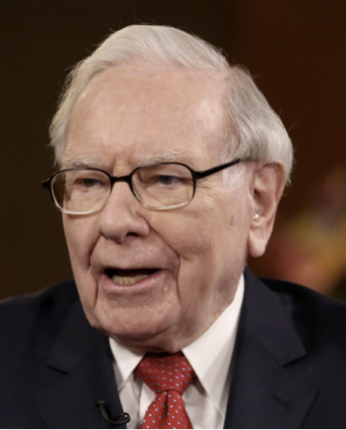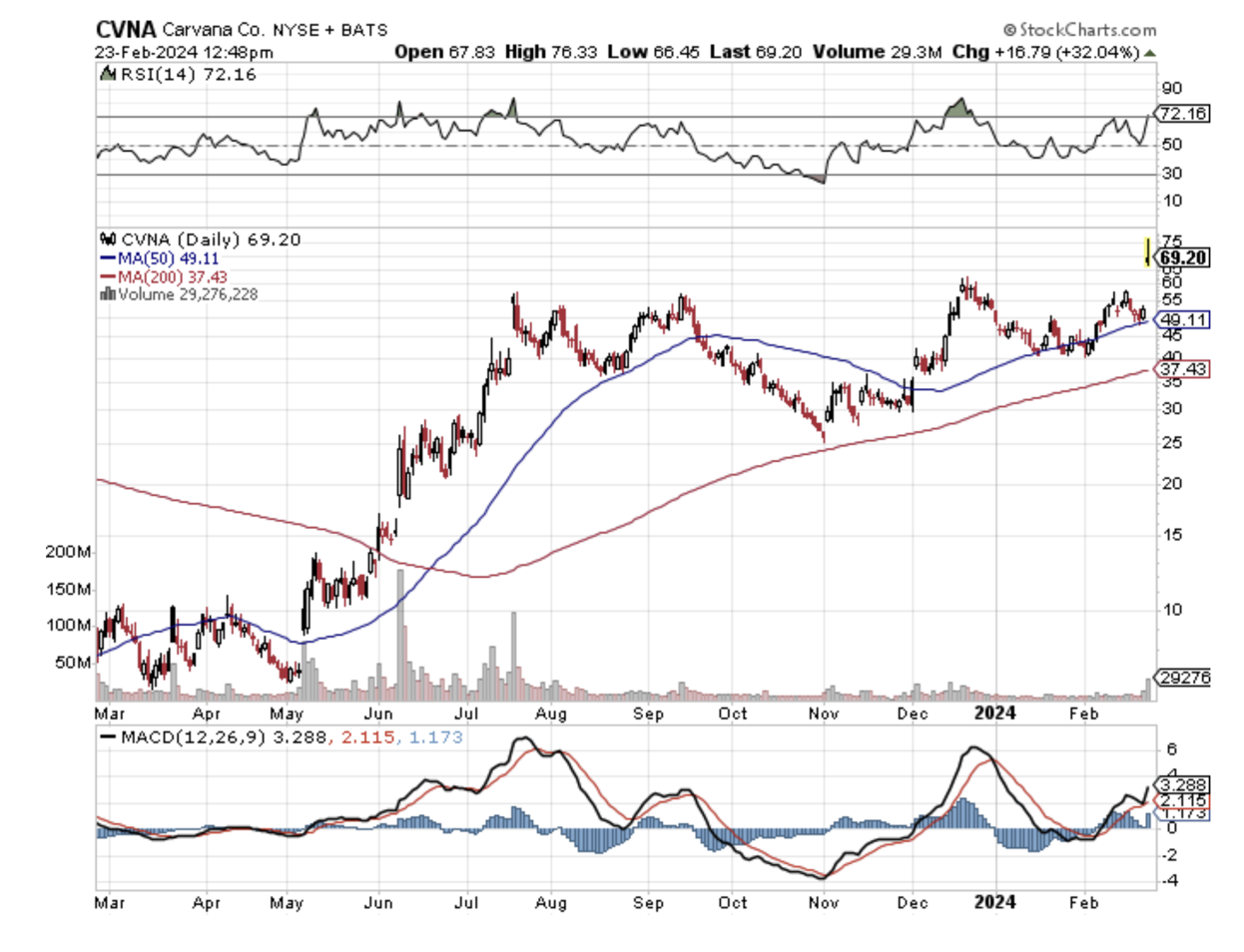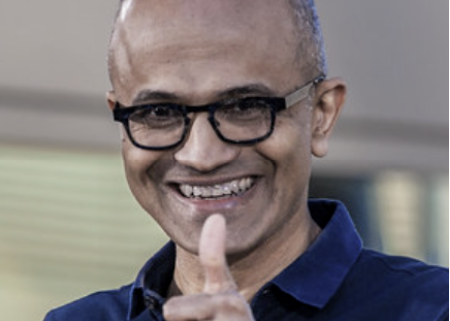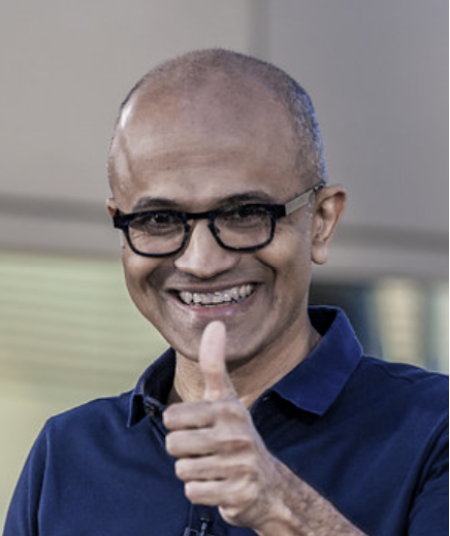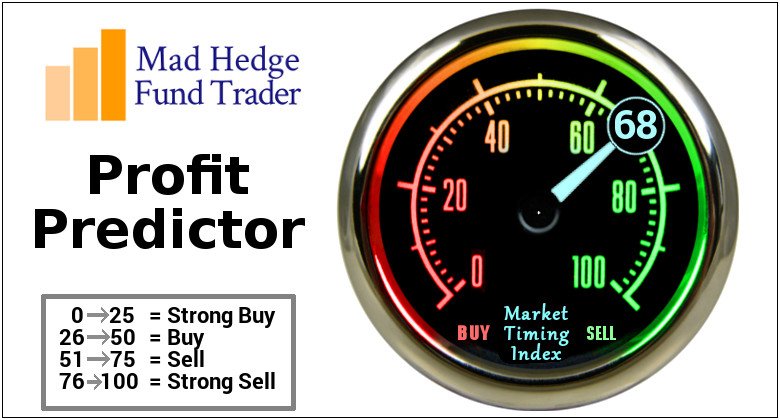Google’s stock has felt the pain the last few days.
Why?
Its generative AI has gone wrong or at least producing controversial images as Google’s AI technology produces historical figures in different ethnic races.
The backlash was so bad that Google CEO Sundar Pichai issued a mea culpa.
The incident marks the latest misstep from Google as it scrambles for positioning in the blossoming market for AI products and plays catch up to Microsoft (MSFT) and its AI partner OpenAI ChatGPT.
In a memo to staff on Tuesday, CEO Sundar Pichai said, "I know that some of its responses have offended our users and shown bias — to be clear, that’s completely unacceptable, and we got it wrong."
The underwhelming AI performance means that Google is falling way behind other competition.
All investors care about these days is the trajectory of AI and stocks go up just based on that.
There must be a question of whether the generative AI research they are doing is good enough and if they have the right talent to compete.
Right now it certainly doesn’t look good.
Google is in the unfamiliar position of not being the leader in a core, [machine learning]-driven technology.
Google is trying hard to catch up and now needs to go backward to repair a core technology component while dealing with a major PR blunder.
Google's first AI fumble came a year ago when the company released a demo of its AI chatbot, Bard, a few months after ChatGPT exploded onto the scene.
Google's chatbot spits out an inaccurate response in a promotional video that was widely circulated online. In the immediate aftermath, skittish investors wiped $100 billion from Google's market value just as Microsoft's fortunes climbed.
Google explained in a recent blog post that it tuned its Gemini image generation tool to show a range of people of different ethnicities and other characteristics but that it failed to account for cases that should not depict diversity.
This is setting up for a great buy-the-dip moment for the company.
In the short term, Google investors have been burnt.
The Mad Hedge Tech Letter had a bullish position in GOOGL and it got torched.
However, Google has been a good short-term trade since it became a duopoly with Meta.
The fact is that Silicon Valley is turning into a race for AI and Google are the kings of search using the older generation.
That doesn’t quite mean they possess the correct talent to compete in AI.
Search was never geared towards this one area of technology that has become the newest thing.
Google has dropped 12% since its January highs which is surprising because they have been a solid bet for years to rebound from any weakness.
Now Google has the unenviable task of proving to investors that they have the ability and capacity to go toe to toe at the high levels of the AI race.
We won’t see deteriorating ad numbers soon, but over time, this could become a slow burn of them ceding search share as AI becomes integrated into the search business.
I still believe Google is worth holding long-term, but we are seeing a mild pullback after a great 2023.

